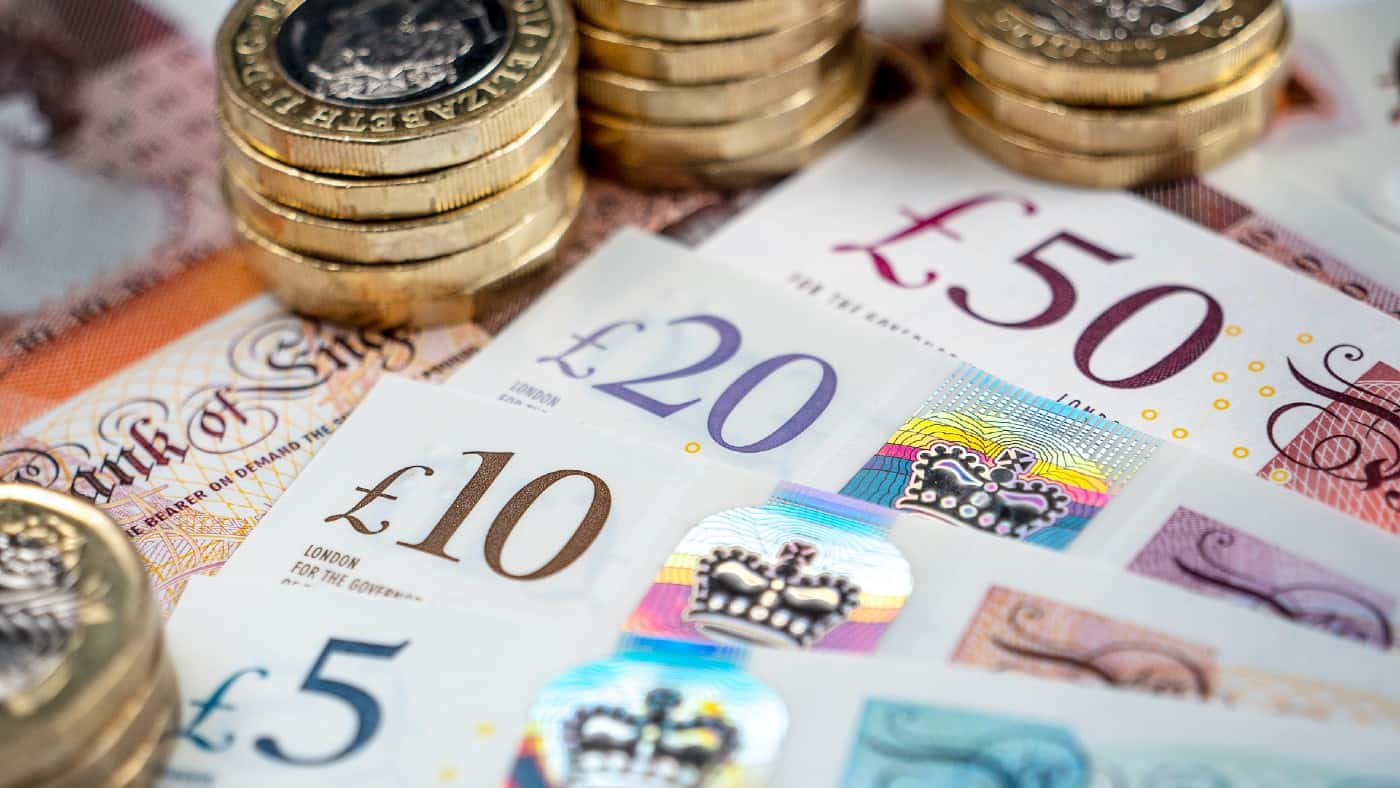Image source: Getty Images.
When National Grid (LSE: NG) announced a 20% dividend cut alongside a £7bn share issue in May, I was taken by surprise. The utility group hadn’t cut its dividend for more than 20 years. The reliable payout was the stock’s main investment appeal.
In my view, shareholders have been relatively forgiving. National Grid’s share price seems likely to end the year around 5% lower, having recovered from May’s lows.
As a result, this FTSE 100 stalwart still offers a tempting 5% forecast dividend yield, even allowing for the reduced payout planned for this year.
As the year draws to a close, I’ve been taking another look at this situation. Can income investors like me still trust National Grid to provide reliable payouts?
A £35bn spending spree!
As a regulated utility, National Grid has to publish five-year spending plans that have been agreed with regulator Ofgem. On 18 December, the company released details of its plans for the period from April 2026 to March 2031.
National Grid needs to upgrade its network to support growing electricity demand in the UK and the rapid growth in renewable energy generation.
The numbers involved are fairly jaw-dropping. CEO John Pettigrew plans to spend £35bn over this five-year period. This will include 3,500km of overhead line upgrades, 17 new onshore transmission projects and connecting 35GW of new generation and storage.
Who will pay for all of this?
National Grid generates income through regulated fees it charges to the energy suppliers that use its network – companies like British Gas. In addition, the utility’s also able to borrow against the value of its network.
Net debt‘s expected to be around £42bn at the end of March 2025. That’s in line with recent years. But it’s still a hefty amount that carried interest costs of around £1.4bn last year – nearly a third of the group’s operating profit.
Brokers expect National Grid’s net debt to increase to nearly £53bn by March 2027 to help fund its spending plans. In theory, this borrowing will be supported by the increased value of its network, which should generate additional income in the future.
Will the dividend be safe?
With such big spending plans, will National Grid’s reduced dividend be safe? Broker forecasts suggest that the dividend will return to growth of around 2% a year from next year, rising from 46.4p per share for 24/25 to 48.6p in 26/27.
That’s equivalent to a yield of 5% for the current year, rising to 5.3% in 26/27. That seems promising to me. Slow-but-steady growth’s what I’d hope for here.
My only concern is that my analysis suggests the company may need to use borrowed cash to help fund the dividend for several years while spending remains high.
This may be sustainable, temporarily. But the financial problems being faced by some UK water utilities have made me more cautious about this sector. I wonder if spending requirements could stay high for longer than expected.
On balance, I think National Grid’s dividend will be safe in 2025 and probably beyond. Yet while I don’t believe this dividend’s quite as attractive as it used to be, for someone who wants a FTSE 350 utility stock, I think it’s worth considering
Credit: Source link













